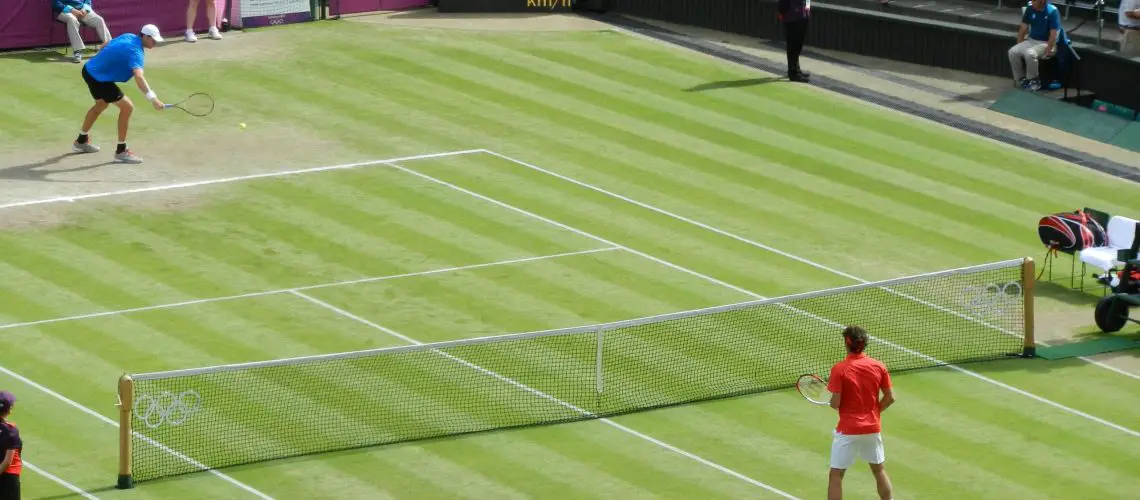We may earn money or products from the companies mentioned in this post.
Brief History of Tennis Balls
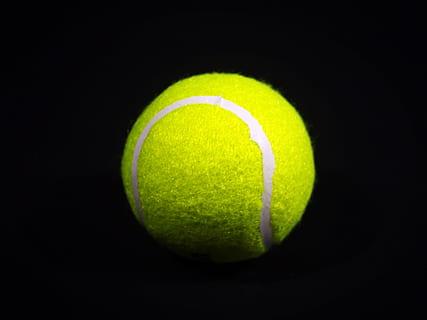
Tennis, a beloved sport played around the world, has a rich history that dates back centuries The origins of tennis can be traced back to ancient civilizations such as Egypt and Greece, where different versions of the game were played using various types of balls
Ancient Origins of Tennis
The game of tennis as we know it today can be traced back to France in the 12th century However, its roots can be found even further back in time In ancient Egypt, a similar game called “palm ball” was played with balls made from tightly wrapped cloth or animal bladders Similarly, the Greeks had their own version called “sphairistike,” which involved hitting a leather ball with their hands
Evolution of Materials and Designs
Over time, tennis balls evolved in terms of materials and designs In the early days of tennis, balls were made from leather stuffed with feathers or hair These balls had a relatively short lifespan and tended to become heavy and waterlogged during play
In the mid-19th century, rubber became the material of choice for tennis balls due to its durability and bounce Initially, these rubber balls were solid and lacked the familiar fuzz that we associate with modern tennis balls
Purpose of the Blog Post
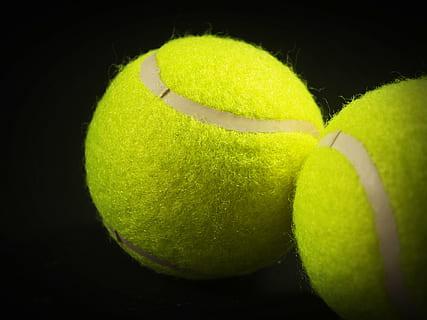
This blog post aims to delve into an intriguing aspect of tennis balls – their fuzz! Have you ever wondered why tennis balls have that distinctive fuzzy exterior? We will explore the reasons behind this phenomenon and answer some common questions about fuzz on tennis balls
Exploring the Reasons for Fuzz on Tennis Balls
The fuzz on tennis balls serves several important purposes during gameplay It helps create friction between the ball and the racket, allowing players to generate spin and control Additionally, the fuzz aids in aerodynamics, enabling the ball to travel through the air with greater stability
Answering Common Questions about Fuzz
Throughout this blog post, we will address common questions that tennis enthusiasts often have about the fuzz on tennis balls Why does the fuzz wear off over time? How does court surface affect the longevity of the fuzz? We will shed light on these queries and more, providing you with a deeper understanding of this fascinating aspect of tennis balls
The Role of Fuzz in Tennis Ball Performance

When it comes to the performance of a tennis ball, one crucial element that often goes unnoticed is the fuzz on its surface The fuzzy exterior plays a significant role in shaping the aerodynamics and spin control of the ball, ultimately influencing its speed, trajectory, and overall gameplay experience
Aerodynamics
1 Air resistance and drag are vital factors affecting the flight of a tennis ball through the air Interestingly, the fuzz on the ball’s surface plays an important role in managing these forces As the ball moves through the air, the fuzz creates turbulence around it, increasing air resistance and drag This phenomenon slows down the ball’s forward motion, making it easier for players to predict and track
2 Additionally, the presence of fuzz influences not only how fast or slow a tennis ball travels but also its trajectory The irregular texture created by the fuzz causes variations in airflow around the ball as it spins through space These fluctuations can lead to unexpected changes in direction mid-flight, adding an exciting element of unpredictability to each shot
Spin Control
1 The interaction between a tennis ball’s fuzzy exterior and racket strings is crucial for spin control during gameplay When struck by a racket with proper technique, the fuzz increases friction between the ball and racket strings This enhanced friction enables players to impart different types of spin on their shots with greater precision
2 There are three main types of spin that players commonly employ: topspin, backspin (also known as slice), and sidespin (commonly referred to as sides). Each type alters both flight path and bounce characteristics differently:
-
Topspin:
By brushing up against the fuzzy surface while striking the ball, players create topspin This spin causes the ball to rotate forward, creating a downward force that brings it back down quicker after crossing the net The result is a shot that bounces higher and stays within the court boundaries -
Backspin (Slice):
When players strike the ball with an upward motion against the fuzzy surface, they generate backspin or slice This spin reduces bounce height and allows the ball to skid and stay lower over the net, making it more challenging for opponents to return -
Sidespin:
By brushing sideways against the fuzz, players can induce sidespin on their shots This spin causes the ball to curve in flight, adding an element of surprise and making it harder for opponents to anticipate its path accurately
The role of fuzz in tennis ball performance cannot be underestimated From influencing aerodynamics by affecting air resistance and drag, to enabling precise spin control through increased friction with racket strings, every aspect of gameplay is impacted by this seemingly insignificant feature So next time you step onto the court, take a moment to appreciate how fuzz contributes to your tennis experience
Material Composition and Manufacturing Process
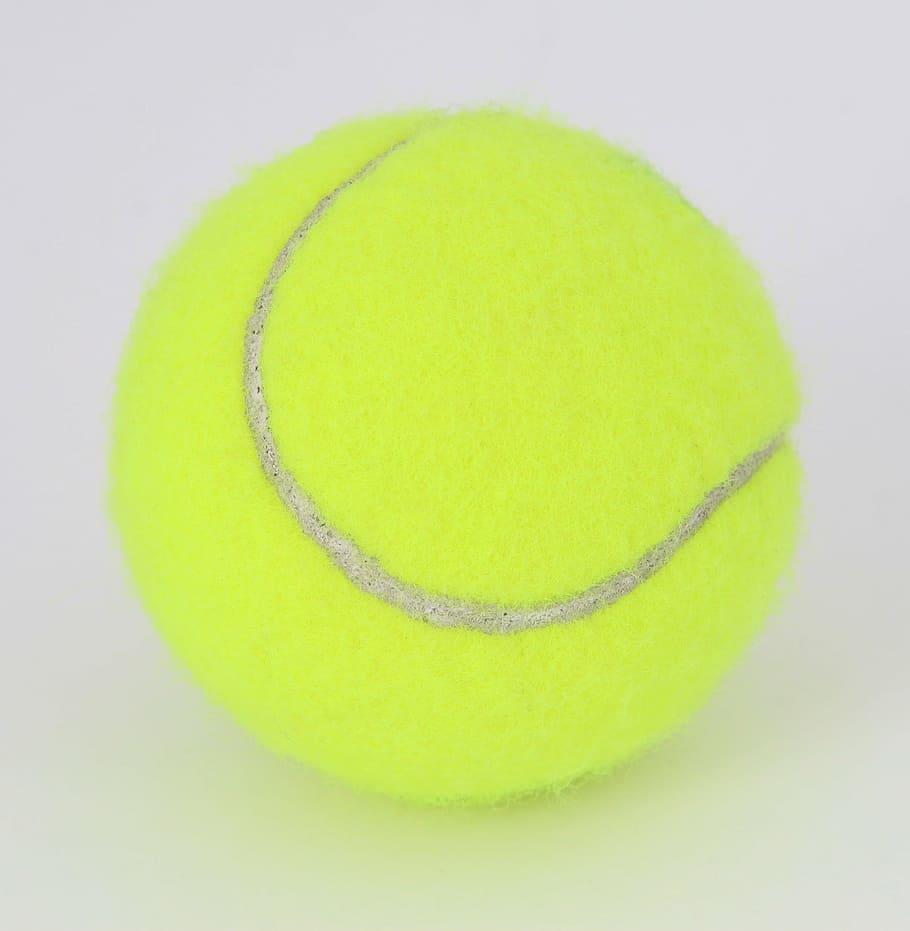
Core materials
When it comes to the composition of golf balls, core materials have played a significant role in their evolution In the past, a variety of materials were used as cores, including feathers tightly packed into leather pouches and even wooden spheres While these materials had their advantages, they were far from perfect when it came to performance
In modern times, the introduction of pressurized rubber cores revolutionized the game These high-tech cores are designed to provide optimal distance and control The pressurization process involves injecting gas into the rubber core during manufacturing, resulting in an increased spring-like effect upon impact with the clubface This allows for greater distance off the tee while maintaining accuracy
Felt covering
The felt covering of a golf ball is another crucial component that affects its performance and feel Golf ball manufacturers utilize different types of felt materials such as wool or nylon to create this outer layer
Wool felt is known for its softness and ability to provide enhanced spin control on shots around the green On the other hand, nylon-based felts offer improved durability and resistance to wear over time
The manufacturing process for this covering involves weaving together thousands of tiny fibers into a cohesive material sheet Afterward, dyeing techniques are employed to achieve various colors before cutting them into precise shapes that can be attached to the core
Adhering felt to the core
Once the felt material has been prepared, it needs to be securely adhered to the core for proper functionality and longevity
This is accomplished through a gluing process using specialized adhesive materials that ensure a strong bond between the two components The adhesive used must possess specific characteristics such as flexibility, durability, and resistance to moisture
By carefully adhering the felt to the core, golf ball manufacturers ensure that the covering remains intact and performs consistently throughout its lifespan, allowing players to achieve optimal results on every shot
Common Questions About Tennis Ball Fuzz
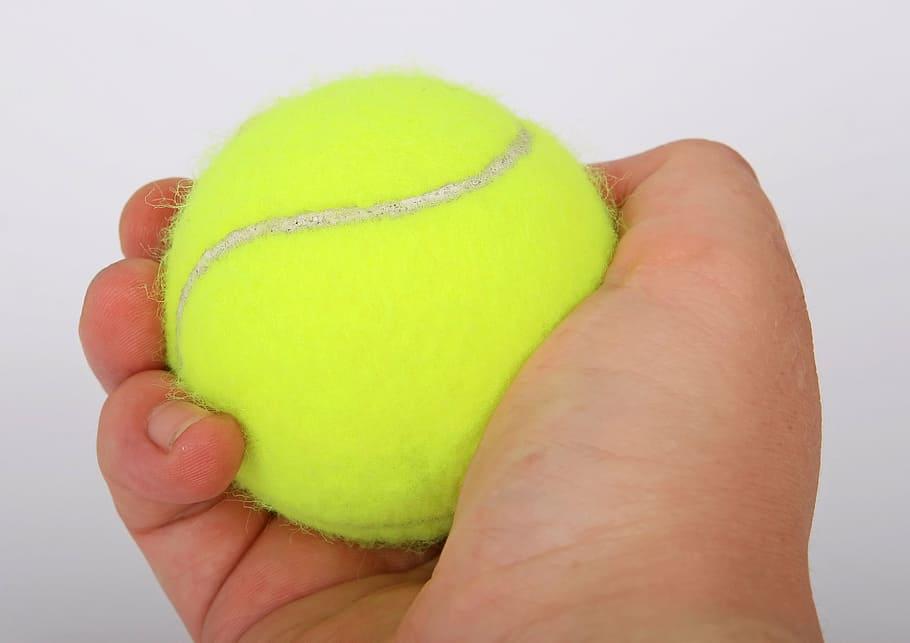
Have you ever wondered why some tennis balls have more fuzz than others? Well, it all comes down to variations in manufacturing techniques and the impact this has on their performance characteristics The amount of fuzz on a tennis ball can affect its grip, bounce, and overall playability Manufacturers carefully consider these factors when producing tennis balls to meet the diverse needs of players
Variations in Manufacturing Techniques
Tennis ball manufacturers employ different techniques during production, resulting in varying levels of fuzziness Factors such as the type of felt used, the density of the fibers, and the length of the nap all contribute to how fuzzy a ball appears These variations are intentional and aim to create balls with specific playing characteristics
Impact on Performance Characteristics
The level of fuzz on a tennis ball can significantly influence its performance on the court More fuzz generally provides better grip and control, allowing players to generate more spin and accuracy in their shots On the other hand, less fuzzy balls may offer increased speed but reduced spin potential Players often choose balls based on their personal preferences and playing styles
If you’ve ever noticed that tennis balls come in various colors, you might wonder if the color of the fuzz matters too While historically tennis balls were predominantly white or off-white, modern-day balls feature vibrant fluorescent yellow or green felt for enhanced visibility
Historical Colors Used for Tennis Balls
In earlier times, tennis balls were primarily white due to practical reasons such as better visibility against grass courts However, advancements in technology allowed for brighter colors that made tracking them easier for both players and spectators alike
Modern Fluorescent Yellow or Green for Visibility
The introduction of fluorescent yellow or green fuzz on tennis balls revolutionized the sport These colors stand out against various court surfaces, making it easier to track the ball’s flight path and allowing players to react quicker in fast-paced rallies The increased visibility has become a standard feature of modern-day tennis balls
Over time, wear and tear can affect the fuzziness of a tennis ball As a ball endures matches and practice sessions, its fuzzy exterior gradually breaks down, impacting its performance characteristics
Signs that a Ball is No Longer Suitable for Play
If you notice that a tennis ball has lost its bounce or if it starts behaving unpredictably during play with changes in flight pattern, it may be an indication that the fuzz has worn off significantly In such cases, it’s best to retire the ball and replace it with a fresh one to maintain fair play and consistent performance
While removing or trimming the fuzz off a tennis ball might seem like an option for extending its lifespan, it can have unintended consequences on its performance
Possible Impact on Ball Performance
Tennis balls are designed with specific levels of fuzziness to ensure optimal functionality Removing or altering the fuzz could lead to alterations in grip, bounce, and overall playability It’s generally advised not to tamper with the natural state of a tennis ball unless done for specific purposes such as art projects or pet toys
In conclusion,
Conclusion

Ahh, the humble fuzzy tennis ball Who would have thought that such a seemingly simple object could hold so much importance in the game of tennis? In this article, we have explored the fascinating world of tennis ball fuzz and its impact on performance
Summary of Main Points:
-
The Importance of Fuzz:
We discovered that the fuzz on a tennis ball plays a crucial role in its aerodynamics and bounce The irregular surface created by the fuzz allows players to generate spin and control the trajectory of their shots with precision -
Manufacturing Process and Material Composition:
We delved into the intricate process involved in creating a tennis ball, from molding rubber cores to applying layers of wool or nylon fibers These materials are carefully chosen to ensure optimal durability and playability
An Appreciation for Fuzzy Tennis Balls:
As we wrap up our exploration, take a moment to reflect on the remarkable technology behind these fuzzy spheres The artistry and craftsmanship that go into their creation is truly something to admire Next time you step onto the court, marvel at every bounce and spin as a testament to human ingenuity
Tennis balls may seem like inconspicuous objects, but they are essential tools that bring joy and excitement to players around the world So let’s celebrate the humble fuzzy tennis ball for all its contributions to this beloved sport!
Useful Links

Why Are Tennis Balls Fuzzy? – Benefits & Science Behind It
ELI5: Why are tennis balls fuzzy? : r/explainlikeimfive
The Real Reason Why Tennis Balls Are Fuzzy
Definition, Examples, and Common Questions About The Ball
Fuzzy Secrects of the Tennis Ball – spyn
The answers to 4 tennis ball questions you never knew …
SPORTS: Yellow fuzz and the enduring mystery of tennis …
Tennis Ball
Tennis Balls: Composition, Fuzz, and Performance
11 Smart Uses for Old Tennis Balls | HowStuffWorks
Why Is There Fuzz on a Tennis Ball? – The Tennis Trend
Tennis Balls & Rackets : Why Is There Fuzz on a … – YouTube
Tennis ball
Discover the Secrets of Tennis Ball Aerodynamics
Ask an Expert: Tennis Balls
Sport: Fuzz Ball – TIME
Kong balls rule! A perfect solution for dogs who peel tennis …
How to Choose a Tennis Ball
Fuzzy Balls

